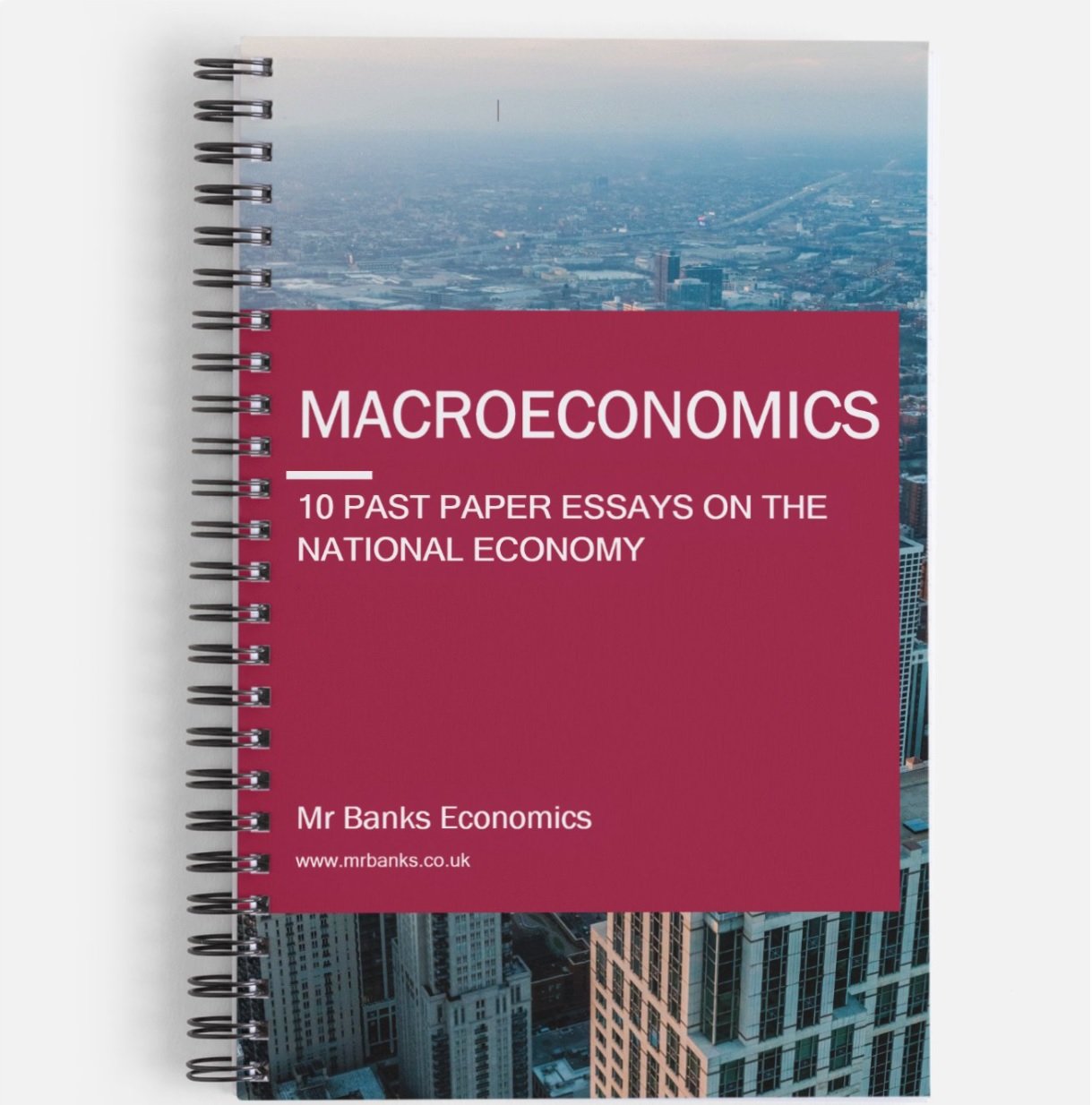Game Theory Pt.1
A-level Economics
Interdependence in oligopoly markets
Definition: Game theory is used by economists to explain how some firms within oligopoly markets behave. It tries to explain how firms make decision and why.
The firms in an oligopoly market are like players in a game. Take for instance a chess game. When one player makes a move, he/she has to take into account the potential moves of the other player before they even make their own. There is a famous saying in chess. 'When you see a good move, look for a better one.' The same concept can be applied in game theory. Firms are always trying to remain a step ahead of their competitors and at the same time defending themselves. This explains the interdependence of firms within an oligopoly market, because firms' decisions are made taking into account the potential decisions of other firms.
Kinked Demand Curve
What is happening on the above diagram?
Let's start from point A and the diagram shows Firm A's individual demand curve.
Firm A wants to make more revenue, so they increase their price from P to P1. In this oligopoly market, other firms will not follow suit. They keep their prices at P. This means that Firm A will lose. Why? Because other firms have not increased their price, and Firm A will lose customers to the other firms. Therefore, their demand curve is elastic because there are substitutes within the market offering a better price. Firm A loses too many customers and makes less revenue than before.
Firm A then decides to decrease its price so it can attract more customers and increase its market share. However, the other firms will not let Firm A get away with this so easily. They will also decrease their prices to P2. So what does Firm A actually get in return? Not much - only a few more customers because some of the other customers went to the other firms. This is why the demand curve is inelastic. This out come has just led to a price war. So, Firm A has decreased its price, only to get a very small return. It will end up losing revenue again.
This leads to Firm A ultimately deciding to remain at point A because the other options it has in terms of pricing strategy, lead to lower revenue.
The kinked demand explains why so many oligopoly firms compete on a non-price basis (non-price competition). For example, John Lewis will not just try to compete with Currys on price - it will also compete on its customer service. They know that they purely compete on price, they will lose out themselves. Firms prefer to try and avoid price wars.
Does the kinked demand curve diagram have weaknesses in application?
Yes, it does. And it is important that you know them.
What is the origin of point A? Where did it come from and how do the firms start there
We can't guarantee that every firms will always follow these strategies
What have learned so far?
Definition of game theory and the interdependence of firms in oligopoly markets
Kinked demand curve diagram - how it works and why we have non-price competition
Weaknesses of kinked demand curve model
IF YOU WANT GOOD GRADES FAST, BUY THESE BOOKS!
MACROECONOMICS MODEL ANSWER BOOK
10 Past Papers with Model Answers on the National Economy
Written by an experienced Economics tutor
Full model answers with diagrams
Suitable for all UK Economics exam boards
Physical booklet
£20.00
MICROECONOMICS MODEL ANSWER BOOK
10 Past Papers with Model Answers on Market Failure
Written by an experienced Economics tutor
Full model answers with diagrams
Suitable for all UK Economics exam boards
Physical booklet
£20.00


